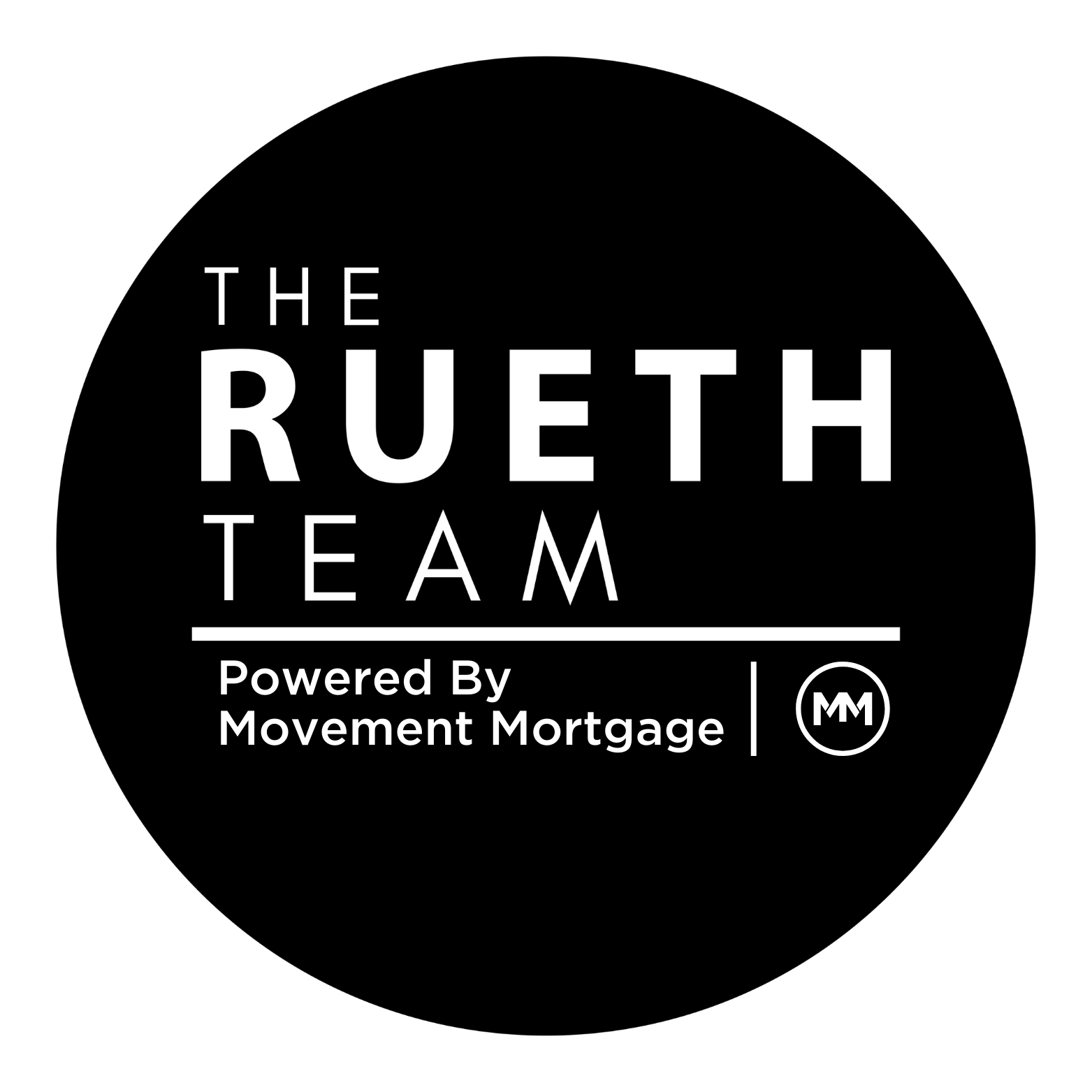Mortgage insurance plays a crucial role in the home buying process, especially for those unable…
Understanding PMI: Unveiling the Key to Homeownership
Private Mortgage Insurance (PMI) is a critical element in the world of homeownership, particularly for those who may not have a substantial down payment. Let’s unravel the mystery behind PMI, exploring what it is, why it matters, and how it can impact your journey to owning a home.
What is PMI?
PMI, or Private Mortgage Insurance, is a type of insurance designed to protect lenders in case a borrower defaults on their mortgage and the foreclosure sale doesn’t cover the outstanding loan balance. Typically, lenders require PMI when the down payment is less than 20% of the home’s purchase price.
Why is PMI Required?
The primary purpose of PMI is to mitigate the risk for lenders. A higher down payment serves as a cushion for the lender in case of a borrower’s default. When the down payment is less than 20%, the lender perceives a higher risk, and PMI provides a safety net, making it more palatable for lenders to offer mortgages to buyers with smaller down payments.
How is PMI Calculated?
The cost of PMI varies and is influenced by factors such as the loan-to-value ratio (LTV), credit score, and the size of the down payment. Generally, the lower the down payment, the higher the PMI premium. PMI can be paid monthly as part of the mortgage payment or as a one-time upfront premium.
When Can PMI Be Removed?
Once the homebuyer builds enough equity in the property – usually when the loan-to-value ratio drops to 80% or below – they can request the removal of PMI. This can be achieved through a combination of regular mortgage payments and appreciation in the home’s value.
Navigating PMI: A Path to Homeownership
While PMI adds an additional cost to homeownership, it plays a crucial role in expanding access to the housing market, allowing buyers to enter the realm of homeownership with a smaller upfront investment. Understanding PMI empowers prospective homeowners to make informed decisions, balancing the benefits of a smaller down payment with the long-term goal of building equity and achieving financial stability.



